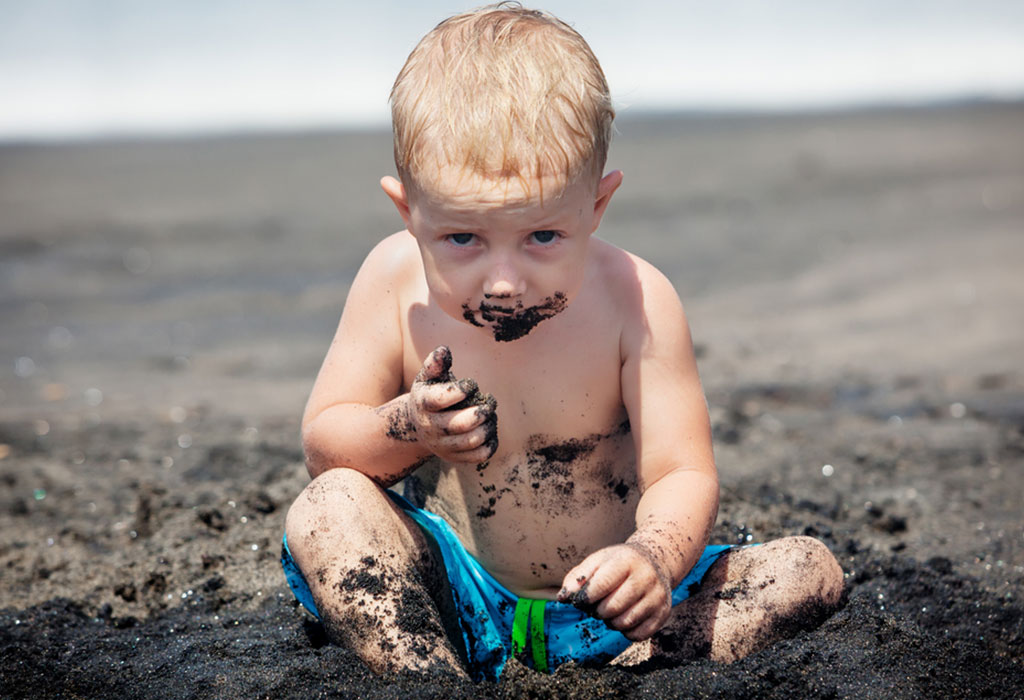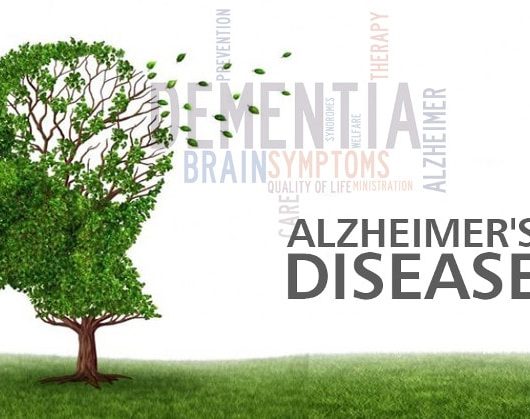What is Pica?
Pica is an eating disorder typically defined as the persistent ingestion of nonnutritive substances for at least 1 month at an age for which this behavior is developmentally inappropriate. It may be benign or may have life-threatening consequences.

Pica is seen more in young children than adults. Up to one-third of children aged between 1 to 6years have these eating behaviors. It is unclear how many children with pica intentionally consume dirt (geophagy).Pica can also occur during pregnancy. In some cases, a lack of certain nutrients, such as iron and zinc, may trigger the unusual cravings. Pica may also occur in adults who crave a certain texture in their mouth.
Causes
There’s no single cause of pica. In some cases, a deficiency in iron, zinc, or another nutrient may be associated with pica. For example, anemia, or iron deficiency, may be the underlying cause of pica in pregnant women. Your unusual cravings may be a sign that your body is trying to replenish low nutrient levels.
People with certain mental health conditions such as schizophrenia and obsessive-compulsive disorder may develop pica as a coping mechanism.Some people may even enjoy and crave the textures or flavors of certain non- food items. In some cultures, eating clay is an accepted behavior. This form of pica is called geophagia.Dieting and malnourishment both can lead to pica. In these cases, eating non- food items may help you feel full.
Symptoms
People with pica eat non- food items regularly. The behavior must continue for at least one month to qualify as pica.

If you have pica, you may regularly eat things such as:
- Ice
- Soap
- Buttons
- Clay
- Hair
- Dirt
- Sand
- The unused remainder of a cigarette
- Cigarette ashes
- Paint
- Glue
- Chalk
- Feces
You may also eat other non- food items.
Diagnosis
There is no single test for pica. Because pica can occur in people who have poor nutrition, the health care provider may test blood levels of iron and zinc. Blood tests can also be done to test for anemia. Lead levels should always be checked in children who may have been eating paint or objects covered in lead, paint, dust to screen for lead poisoning. The provider may also test for infection if the person has been eating contaminated soil or animal waste.
Treatment
Treatment should first address any missing nutrients or other medical problems, such as lead poisoning.
Treating pica involves behaviors, the environment, and family education. One form of treatment associates the pica behavior with negative consequences or punishment (mild aversion therapy). Then the person gets rewarded for eating normal foods. Medicines may help reduce the abnormal eating behavior if pica is part of a developmental disorder such as intellectual disability.
Possible Complications
Complications include: Infection, Bezoar -a mass of undigestible material trapped inside the body, most often in the stomach.
Prevention
There is no specific prevention. Getting adequate nutrition may help.



